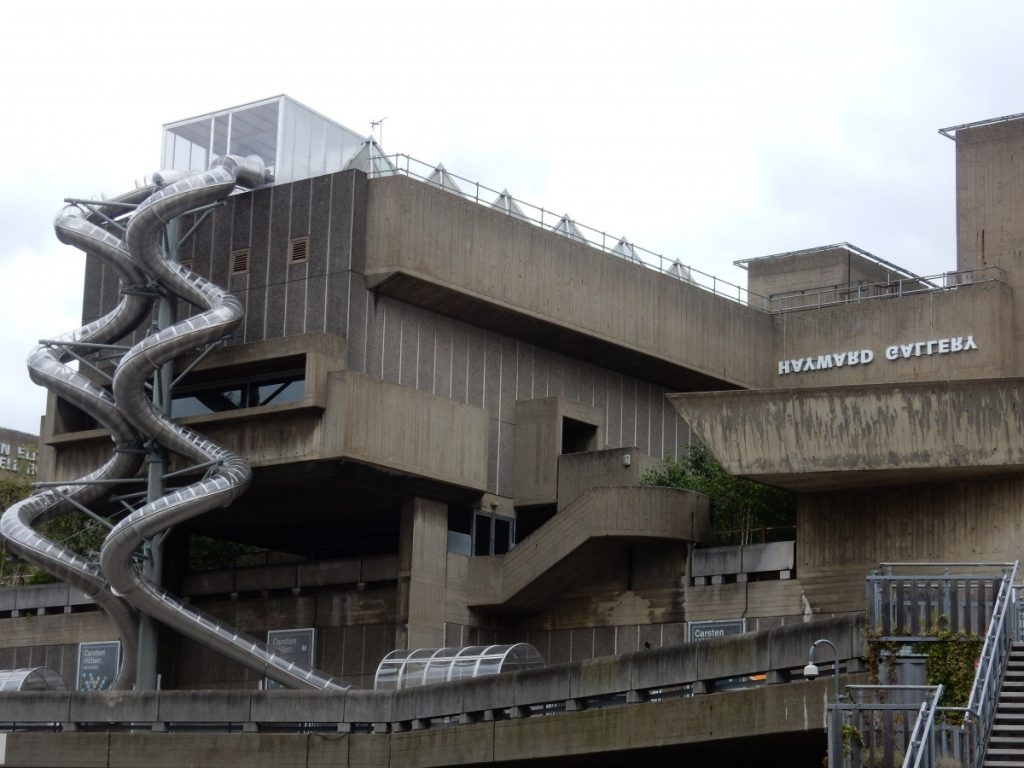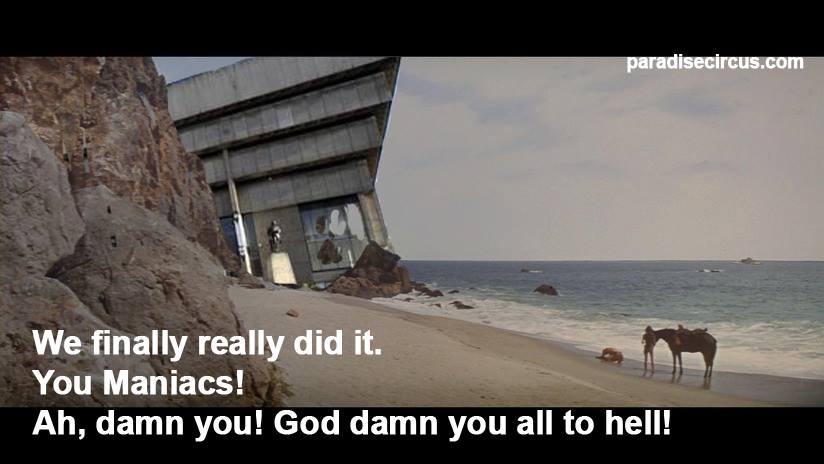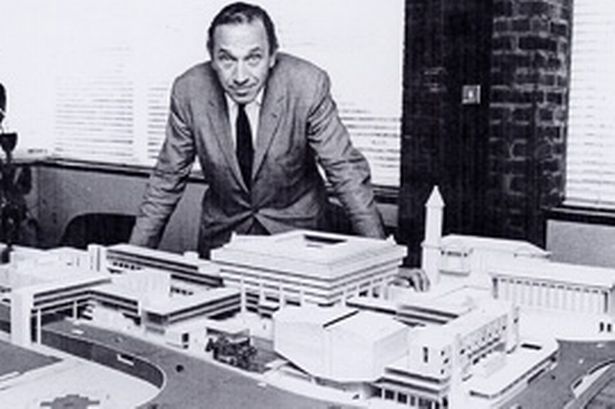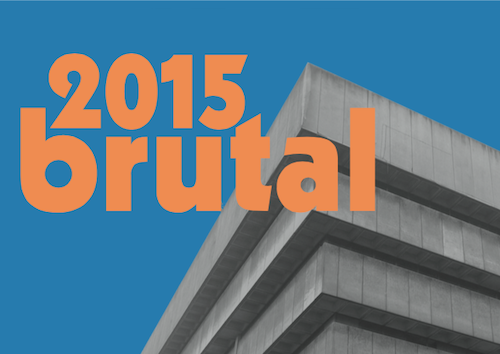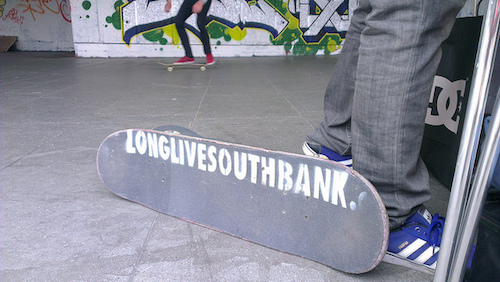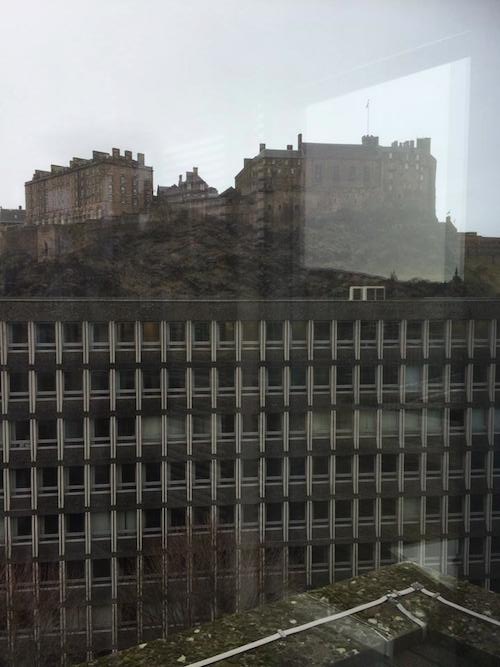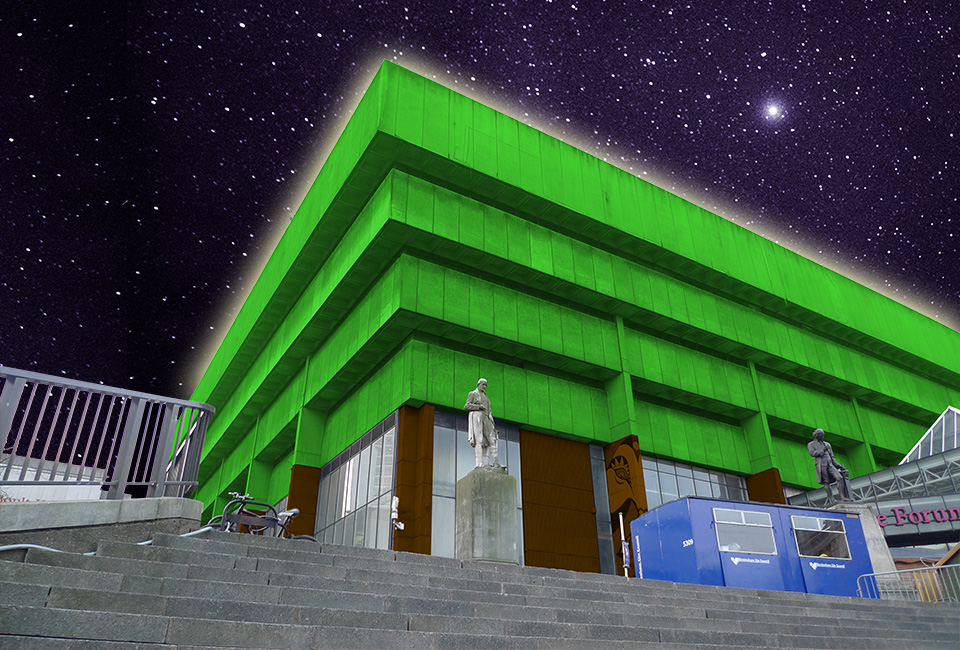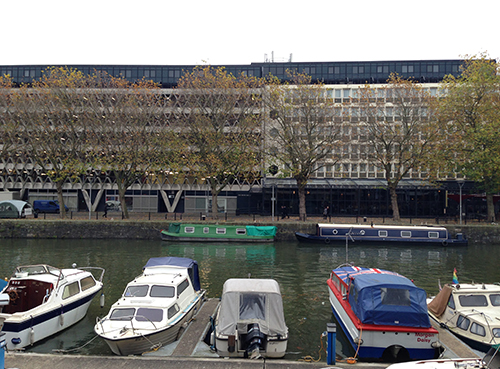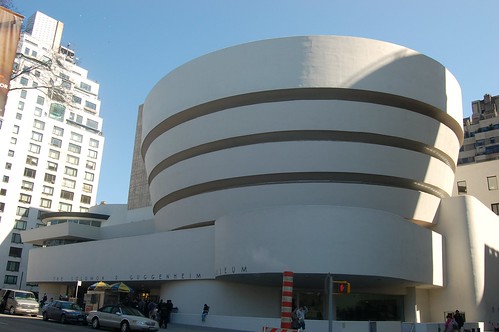Library Story: a history of Birmingham Central Library by Alan Clawley

“I read book once,” says Mr Heslop — played by Brian Glover — in Porridge, “green it was.” And I’m fairly sure if the green book Mr Heslop had read was on architecture or morality then it was one more book than any of the people involved in the decision to demolish John Madin’s Birmingham Central Library have ever skimmed.
I’ve just read a book, called Library Story, by long time campaigner for the library Alan Clawley — which is nothing more than heartbreaking as it reveals how influence and patronage rips through the city, how the cosy collusion of the media — it’s a small town, after all — allows scrutiny to be sidelined. And it shows just how decisions are taken, and defended against logic.
What the book isn’t is a book about the building, or really about about the history of its use. It moves very quickly from construction and opening to the campaign to prevent demolition. But that campaign, doggedly and determinedly helmed by the author reveals more about decision making in Birmingham than anything the Kerslake Report has done, and more than a million council consultation events will ever do.
Continue reading “More revealing than the Kerslake Report”

